Submitted:
06 November 2023
Posted:
06 November 2023
You are already at the latest version
Abstract
Keywords:
1. Introduction
2. Materials and Methods
2.1. Design
2.2. Data Collection
2.3. Description of the App-Therapy Prescinde
2.4. Participants
2.5. Measurements and Variables
2.5.1. Study Variables
- -
- Frequency of use (number of times the participant uses the app).
- -
- Time spent on the app [time], divided into 4 categories: 1) 1 week, 2) 1 month, 3) 3 months, and 4) more than 3 months.
- -
- Adherence1, understood as having been using the app for at least 1 month, categorized as 1 (adherence) and 0 (non-adherence).
- -
- Adherence3, understood as having been using the app for more than 3 months, categorized as 1 (adherence) and 0 (non-adherence).
2.5.2. Sociodemographic Variables
- -
- Gender, divided into two groups: 1) Male, and 2) Female.
- -
- Academic status [studying], divided into 2 categories: 1) No or 2) Yes
- -
- Employment status [working], divided into 2 categories: 1) No or 2) Yes
- -
- Tobacco use, divided into 2 categories: 1) No or 2) Yes
- -
- Cannabis use, divided into 2 categories: 1) No or 2) Yes
- -
- Age, divided into 3 groups: Group 1 (aged between 17 and 18 years; Group 2 (aged between 19 and 25 years) and Group 3 (aged between 26 and 62 years).
- -
- Main activity on the app, divided into 3 categories: 1) Stop smoking tobacco [tobacco]; 2) Stop smoking cannabis [cannabis] and 3) Physical exercise [Physical exercise].
- -
- Level of education, divided into 3 categories: 1) Secondary School/Baccalaureate; 2) bachelor’s degree, and 3) Master's Degree/PhD.
- -
- Occupation, divided into 8: 1) Public Administration; 2) Agriculture/Fishing; 3) Commerce; 4) Private Company Manager; 5) Hospitality/Tourism; 6) Technical Professional; 7) Transportation; and 8) Unemployed.
3. Results
3.1. Time of Adherence
3.2. Frequency of Use
3.3. Probability of Total Adherence as a Function of Gender and Age: Survival Analysis
3.4. Probability of Adherence based on the Main Activity: Survival Analysis
3.5. Nonparametric Analysis of Continuous Variables: Frequency of Usage and Time Elapsed from the First to the Last Usage of the Prescinde App-Therapy and the Relationship with Sociodemographic Variables
| Frequency of use | Time | |
|---|---|---|
| Gender | .133 | .726 |
| Studying | .665 | .297 |
| Working | .828 | .245 |
| Tobacco Consumption | .015* | .337 |
| Cannabis Consumption | .012* | .197 |
| Age | .048* | .416 |
| Main activity | .856 | .059 |
| Education level | .017* | .021* |
| Profession | .196 | .216 |
3.6. Nonparametric Analysis of Qualitative Variables: Adherence and its Relationship with Sociodemographic Variables
| Adherence1 | Adherence3 | |
|---|---|---|
| Gender | .764 | .190 |
| Studying | 1.000 | .081 |
| Working | .713 | .160 |
| Tobacco Consumption | .338 | .010** |
| Cannabis Consumption | .388 | .010* |
| Age | .373 | .010** |
| Main activity | .292 | .012* |
| Education level | .148 | .010** |
| Profession | .648 | .034* |
4. Discussion
5. Conclusions
Author Contributions
Funding
Institutional Review Board Statement
Informed Consent Statement
Data Availability Statement
Acknowledgments
Conflicts of Interest
References
- Rey-Brandariz J, Pérez-Ríos M, Santiago-Pérez MI, et al. Smoking-attributable mortality in Spain: A systematic review. Addictions. 2021;0(0):1619. [CrossRef]
- World Health Organization. World no tobacco day: poisoning our planet. Cairo: World Health Organization Regional Office for the Eastern Mediterranean; 2022, Available online: http://www.emro.who.int/tfi-campaigns/2022/index.html.
- International Agency for Research on Cancer. World Health Organization. 2012. Available online: https://www3.paho.org/hq/index.php.
- Wallach JD, Egilman AC, Dhruva SS, et al. Postmarket studies required by the US Food and Drug Administration for new drugs and biologics approved between 2009 and 2012: cross sectional analysis. BMJ. 2018;361. [CrossRef]
- Hammerich A, El-Awa F, Latif NA, El-Gohary S, Borrero MDL. Tobacco is a threat to the environment and human health. East Mediterr Health J. 2022;28(5):319-320. [CrossRef]
- Li Y, Hecht SS. Carcinogenic components of tobacco and tobacco smoke: A 2022 update. Food Chem Toxicol. 2022;165: . [CrossRef]
- Spanish Observatory on Drugs and Addictions. Ministry of Health, Social Services and Equality: Madrid, Spain. Report 2022. Available online: https://pnsd.sanidad.gob.es/profesionales/sistemasInformacion/sistemaInformacion/pdf/2022_Informe_Ejecutivo_EDADES_en.pdf (accessed on 8 January 2023).
- Cavalli JM, Cservenka A, Kerr DCR, Tiberio SS, Owen LD. Ratings of executive function as a risk factor for adolescents' frequent cannabis use: A prospective longitudinal study. Psychol Addict Behav. 2023;37(4):616-625. [CrossRef]
- Rup J, Freeman TP, Perlman C, Hammond D. Cannabis and mental health: prevalence of use and modes of cannabis administration by mental health status. Addict Behav. 2021;121: . [CrossRef]
- González-Ortega I, Echeburúa E, Alberich S, et al. Cognitive Behavioral Therapy Program for Cannabis Use Cessation in First-Episode Psychosis Patients: A 1-Year Randomized Controlled Trial. Int J Environ Res Public Health. 2022;19(12):7325. [CrossRef]
- Martínez-Vispo C, Rodríguez-Cano R, López-Durán A, Senra C, Fernández Del Río E, Becoña E. Cognitive-behavioral treatment with behavioral activation for smoking cessation: Randomized controlled trial. PLoS One. 2019;14(4). [CrossRef]
- Ouellette MJ, Rowa K, Cameron DH, et al. Does cannabis use impact cognitive behavioural therapy outcomes for anxiety and related disorders? A preliminary examination. J Psychiatr Res. 2022; 156:690-697. [CrossRef]
- Rajani NB, Mastellos N, Filippidis FT. Self-Efficacy and Motivation to Quit of Smokers Seeking to Quit: Quantitative Assessment of Smoking Cessation Mobile Apps. JMIR Mhealth Uhealth. 2021;9(4). [CrossRef]
- Dono J, Martin K, Bowden J, Miller C. A population-level analysis of changes in Australian smokers' preferences for smoking cessation support over two decades - from 1998 to 2017. Lancet Reg Health West Pac. 2021;19. [CrossRef]
- Schnall R, Liu J, Alvarez G, et al. A Smoking Cessation Mobile App for Persons Living With HIV: Preliminary Efficacy and Feasibility Study. JMIR Form Res. 2022;6(8). [CrossRef]
- Soulakova JN, Crockett LJ. Unassisted Quitting and Smoking Cessation Methods Used in the United States: Analyses of 2010-2011 Tobacco Use Supplement to the Current Population Survey Data. Nicotine Tob Res. 2017;20(1):30-39. [CrossRef]
- Alarcó-Rosales R, Sánchez-SanSegundo M, Ferrer-Cascales R, Albaladejo-Blazquez N, Lordan O, Zaragoza-Martí A. Effects of a School-Based Intervention for Preventing Substance Use among Adolescents at Risk of Academic Failure: A Pilot Study of the Reasoning and Rehabilitation V2 Program. Healthcare. 2021;9(11). [CrossRef]
- Mersha AG, Eftekhari P, Bovill M, Tollosa DN, Gould GS. Evaluating level of adherence to nicotine replacement therapy and its impact on smoking cessation: a systematic review and meta-analysis. Arch Public Health. 2021;79(1):26. [CrossRef]
- Klemperer EM, Streck JM, Lindson N, et al. A systematic review and meta-analysis of interventions to induce attempts to quit tobacco among adults not ready to quit. Exp Clin Psychopharmacol. 2023;31(2):541-559. [CrossRef]
- Rigotti NA, Kruse GR, Livingstone-Banks J, Hartmann-Boyce J. Treatment of Tobacco Smoking: A Review. JAMA. 2022;327(6):566-577. [CrossRef]
- Lappan SN, Brown AW, Hendricks PS. Dropout rates of in-person psychosocial substance use disorder treatments: a systematic review and meta-analysis. Addiction. 2020;115(2):201-217. [CrossRef]
- Martinez Leal I, Taing M, Correa-Fernández V, et al. Addressing Smoking Cessation among Women in Substance Use Treatment: A Qualitative Approach to Guiding Tailored Interventions. Int J Environ Res Public Health. 2021;18(11).
- Montes Martínez A, Pérez-Ríos M, Ortiz C, Gtt-See, Galán Labaca I. Changes in smoking cessation in Spain, 1987-2020. Med Clin (Barc). 2023;160(6):237-244. [CrossRef]
- Niedzin M, Gaszyńska E, Krakowiak J, Saran T, Szatko F, Kaleta D. Gender, age, social disadvantage and quitting smoking in Argentina and Uruguay. Ann Agric Environ Med. 2018;25(1):100-107. [CrossRef]
- Smith PH, Bessette AJ, Weinberger AH, Sheffer CE, McKee SA. Sex/gender differences in smoking cessation: A review. Prev Med. 2016; 92:135-140. [CrossRef]
- Zhang S, Ding Q, Shen J, Qu H, Meng X. A 28-day challenge to help quit smoking using telephone follow-ups combined with the WeChat app: The impact of the humanistic approach on smoking cessation. J Addict Nurs. 2021;32(3):211-215. [CrossRef]
- Avşar TS, Jackson L, Barton P, Jones M, McLeod H. Supporting pregnant women not ready to quit smoking: an economic evaluation. BMC Pregnancy Childbirth. 2022;22(1):865. [CrossRef]
- Beard E, Brown J, Jackson SE, et al. Independent Associations Between Different Measures of Socioeconomic Position and Smoking Status: A Cross-Sectional Study of Adults in England. Nicotine Tob Res. 2021;23(1):107-114. [CrossRef]
- Meijer E, Korst JS, Oosting KG, et al. At least someone thinks I'm doing well: a real-world evaluation of the quit-smoking app StopCoach for lower socio-economic status smokers. Addict Sci Clin Pract. 2021;16(1):48. [CrossRef]
- Roberts V, Maddison R, Simpson C, Bullen C, Prapavessis H. The acute effects of exercise on cigarette cravings, withdrawal symptoms, affect, and smoking behaviour: systematic review update and meta-analysis. Psychopharmacology (Berl). 2012;222(1):1-15. [CrossRef]
- Underner M, Perriot J, Peiffer G, Meurice JC. The efficacy of physical activity as an aid to smoking cessation. Rev Mal Respir. 2015;32(10):1016-1033. [CrossRef]
- Alphonse A, Stewart K, Brown J, Perski O. Exploring Users' Experiences With a Quick-Response Chatbot Within a Popular Smoking Cessation Smartphone App: Semistructured Interview Study. JMIR Form Res. 2022;6(7). [CrossRef]
- Dubad M, Winsper C, Meyer C, Livanou M, Marwaha S. A systematic review of the psychometric properties, usability and clinical impacts of mobile mood-monitoring applications in young people. Psychol Med. 2018;48(2):208-228. [CrossRef]
- Mclaughlin M, Delaney T, Hall A, et al. Associations Between Digital Health Intervention Engagement, Physical Activity, and Sedentary Behavior: Systematic Review and Meta-analysis. J Med Internet Res. 2021;23(2). [CrossRef]
- Bennett GG, Steinberg D, Askew S, et al. Effectiveness of an App and Provider Counseling for Obesity Treatment in Primary Care. Am J Prev Med. 2018;55(6):777-786. [CrossRef]
- Haskins BL, Lesperance D, Gibbons P, Boudreaux ED. A systematic review of smartphone applications for smoking cessation. Transl Behav Med. 2017;7(2):292-299. [CrossRef]
- Vederhus JK, Rørendal M, Bjelland C, Skar AKS, Kristensen Ø. Can a Smartphone App for Cannabis Cessation Gain a Broader User Group than Traditional Treatment Services? Subst Abuse. 2020;14: . [CrossRef]
- Bricker JB, Mull KE, Santiago-Torres M, Miao Z, Perski O, Di C. Smoking Cessation Smartphone App Use Over Time: Predicting 12-Month Cessation Outcomes in a 2-Arm Randomized Trial. J Med Internet Res. 2022;24(8). [CrossRef]
- Jiang N, Rogers ES, Cupertino P, et al. Development of a WeChat-based Mobile Messaging Smoking Cessation Intervention for Chinese Immigrant Smokers: Qualitative Interview Study. JMIR Form Res. 2022;6(6). [CrossRef]
- Hoepper BB, Siegel KR, Carlon HA, et al. Feature-Level Analysis of a Smoking Cessation Smartphone App Based on a Positive Psychology Approach: Prospective Observational Study. JMIR Form Res. 2022;6(7). [CrossRef]
- Jardine J, Bowman R, Doherty G. Digital Interventions to Enhance Readiness for Psychological Therapy: Scoping Review. J Med Internet Res. 2022;24(8). [CrossRef]
- López-Durán A, Becoña E, Senra C, Suárez-Castro D, Barroso-Hurtado M, Martínez-Vispo CA. Randomized Clinical Trial to Assess the Efficacy of a Psychological Treatment to Quit Smoking Assisted with an App: Study Protocol. Int J Environ Res Public Health. 2022;19(15). [CrossRef]
- Regmi D, Tobutt C, Shaban S. Quality and use of free smoking cessation app for smartphones. Int J Technol Assess Health Care. 2018;34(5):476-480. [CrossRef]
- Heckathorn DD. Respondent-driven sampling: A new approach to the study of hidden populations. Soc Probl. 1997;05;44(2):174-199. [CrossRef]
- Sánchez-Borrego I, María del MR, Mullo H. Estimation of Non-Linear Parameters with Data Collected Using Respondent-Driven Sampling. Mathematics. 2020;8(8):1315. [CrossRef]
- Kaplan EL, Meier P. Nonparametric Estimation from Incomplete Observations. JASA. 1958 0;53(282):457-481.
- Mantel N. Evaluation of survival data and two new rank order statistics arising in its consideration. Cancer Treat Rep. 1966; 50(3): 163-170.
- Kolmogorov A. Sulla Determinazione Empirica di Una Legge di Distribuzione. G Ist Ital Attuari. 1933; 4: 83-91.
- Smirnov N. Table for Estimating the Goodness of Fit of Empirical Distributions. Ann Math Stat. 1948; 19(2): 279-281.
- Mann HB, Whitney DR. On a test of whether one of two random variables is stochastically lagers than the other. Ann Math Stat. 1947; 18(1): 50-60.
- Wilcoxon F. Individual Comparisons by Ranking Methods. Bibliometr Bul.1945; 1:80-83.
- Kruskal WH, Wallis WA. Use of Ranks in One-Criterion Variance Analysis. JASA.1952; 47(260): 583-621.
- Pearson K. Contributions to the mathematical theory of evolution. Philosophical Transactions of the Royal Society of London. A, Vol. 185 (1894), pp. 71-110. Published By: Royal Society https://www.jstor.org/stable/90667.
- Hawn SE, Cusack SE, Amstadter AB. A Systematic Review of the Self-Medication Hypothesis in the Context of Posttraumatic Stress Disorder and Comorbid Problematic Alcohol Use. J Trauma Stress. 2020;33(5):699-708. [CrossRef]
- Bauer AG, Ruglass LM, Shevorykin A, et al. Predictors of therapeutic alliance, treatment feedback, and clinical outcomes among African American women in treatment for co-occurring PTSD and SUD. J Subst Abuse Treat. 2022; 1:39. [CrossRef]
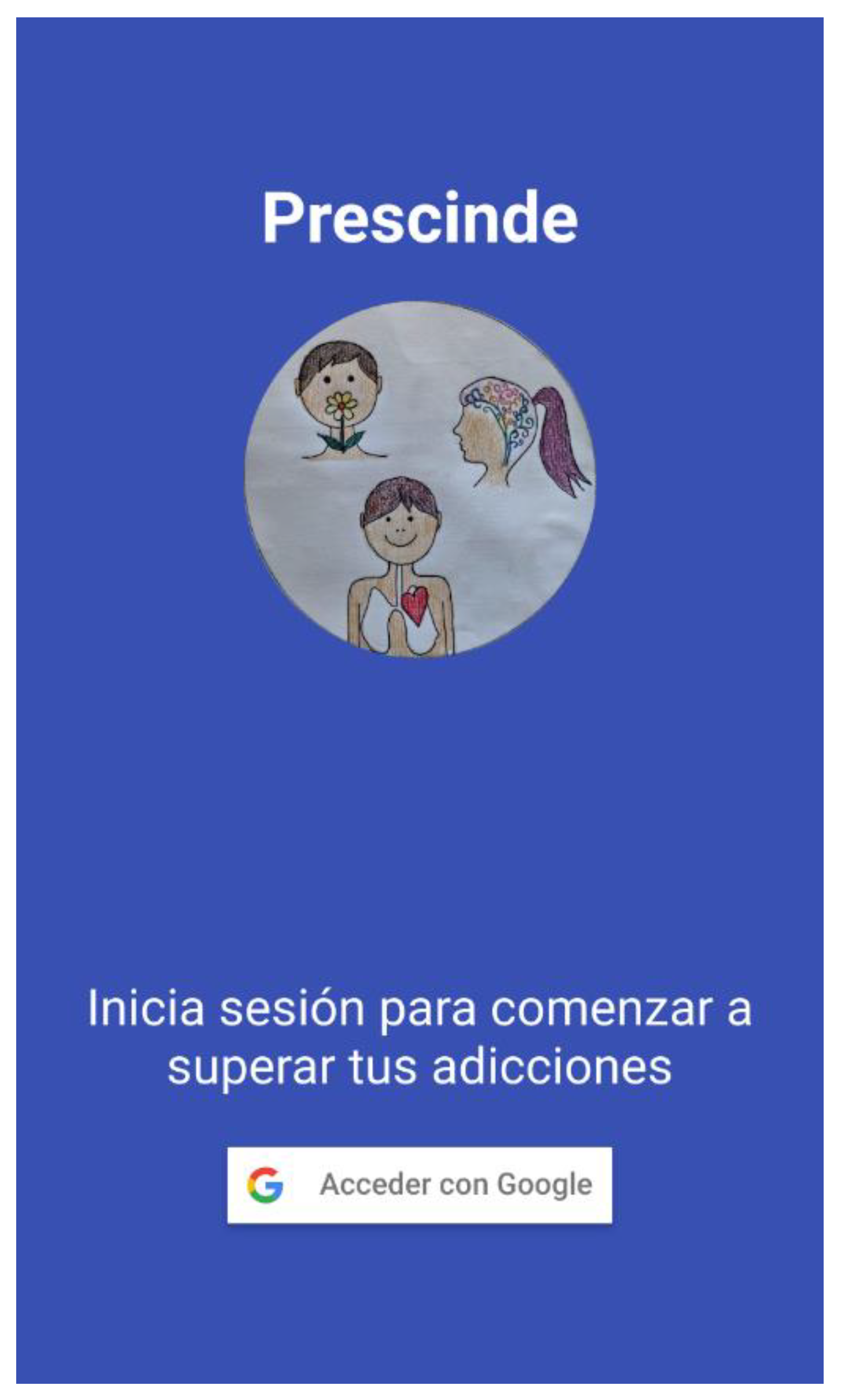
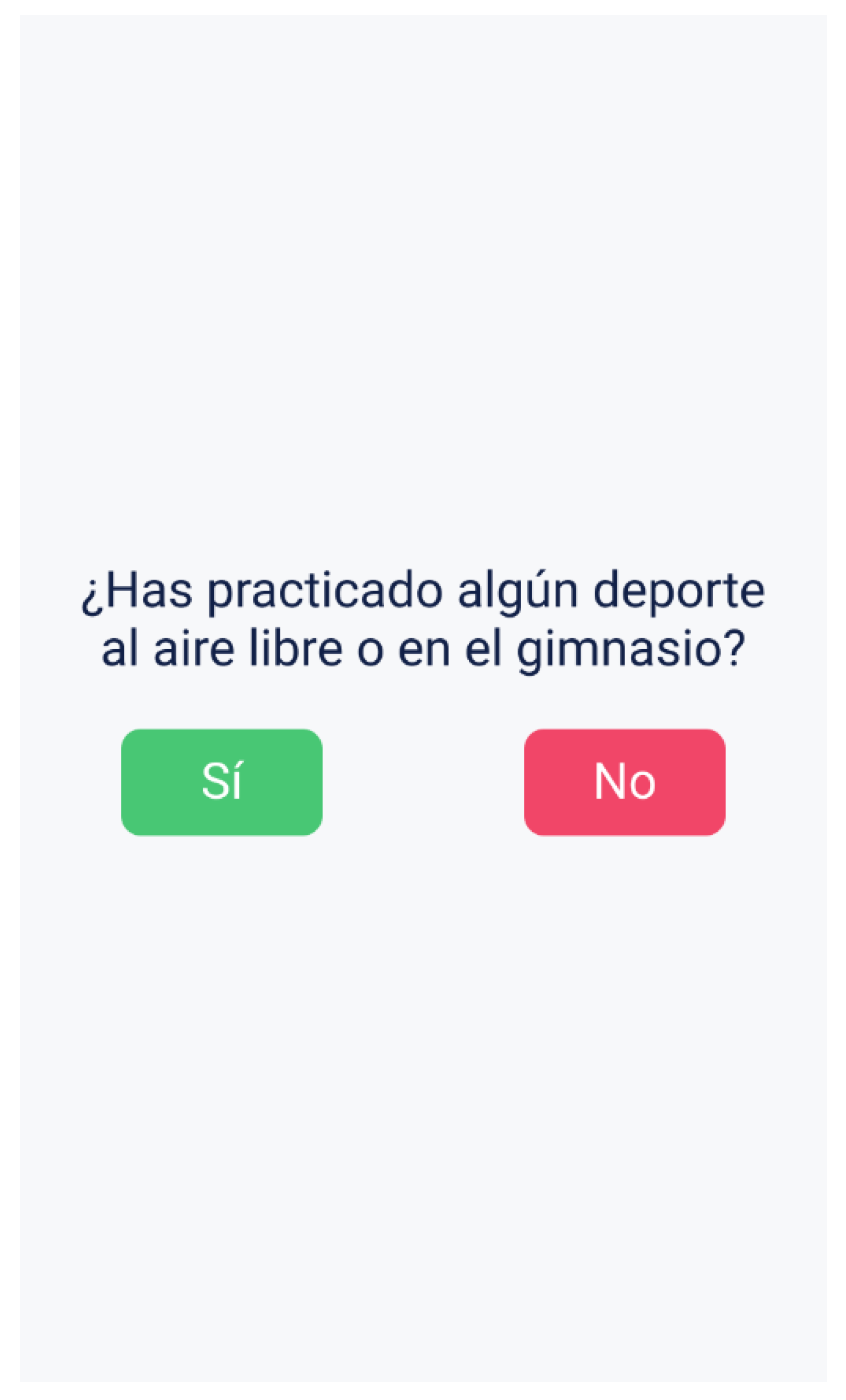
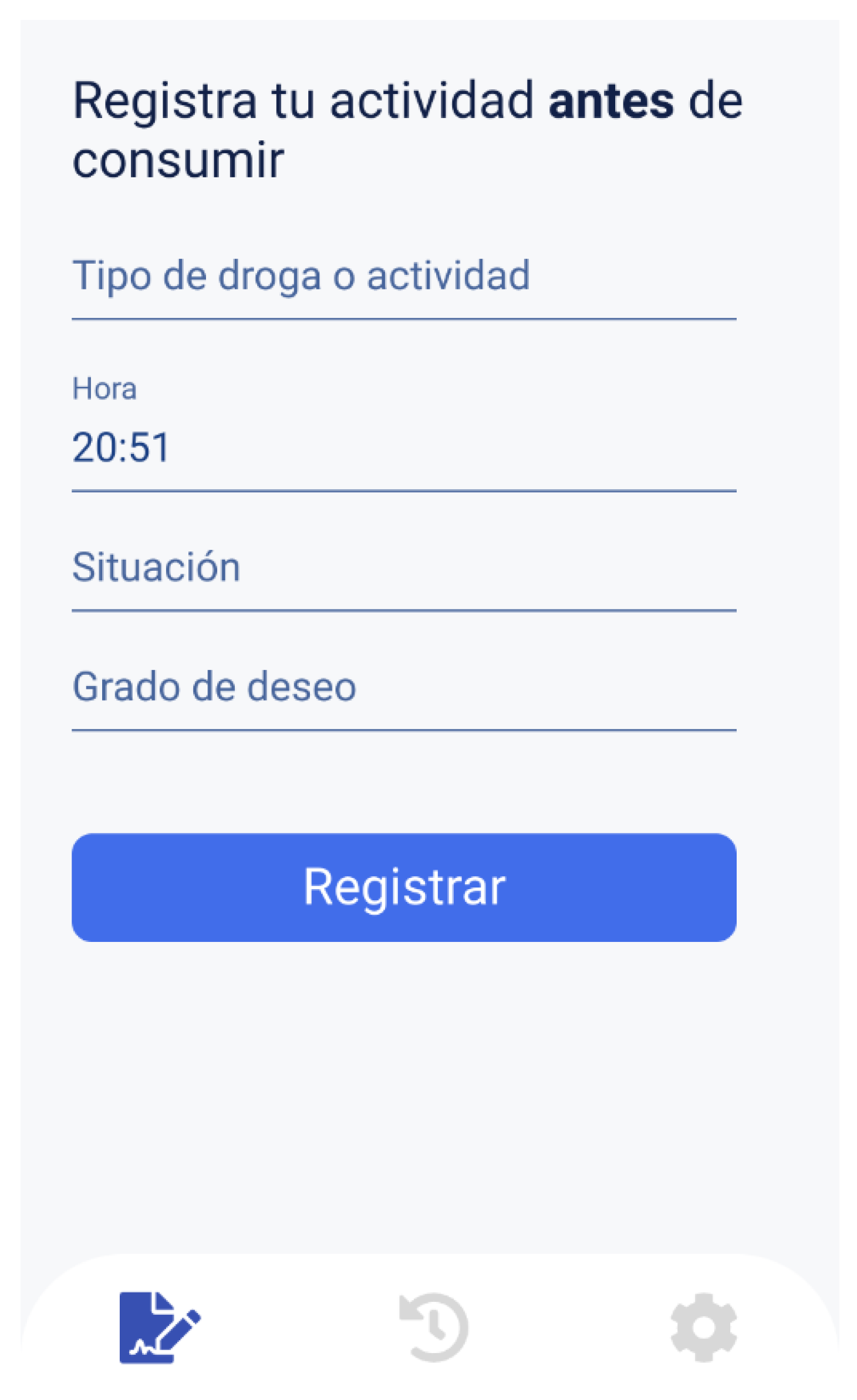
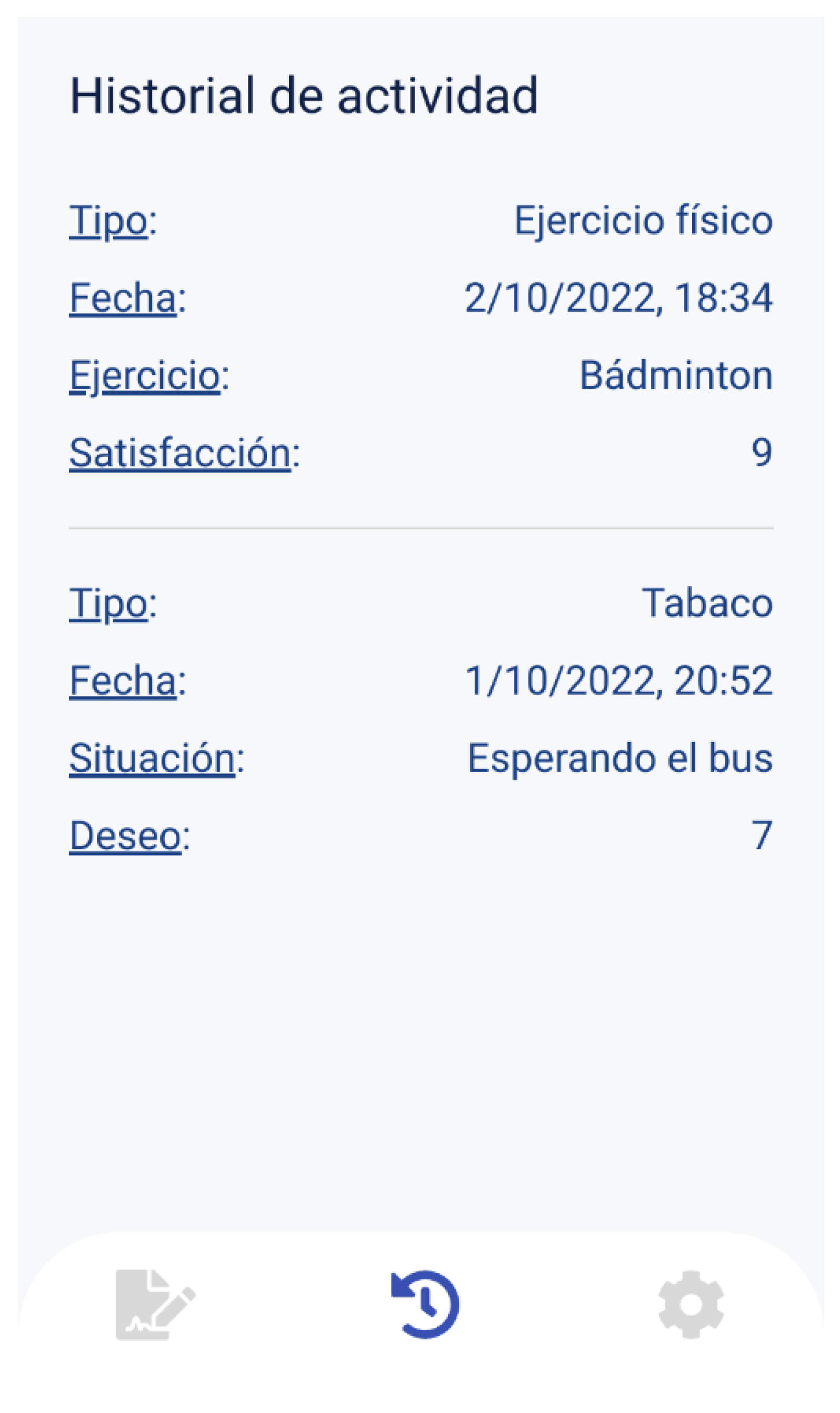
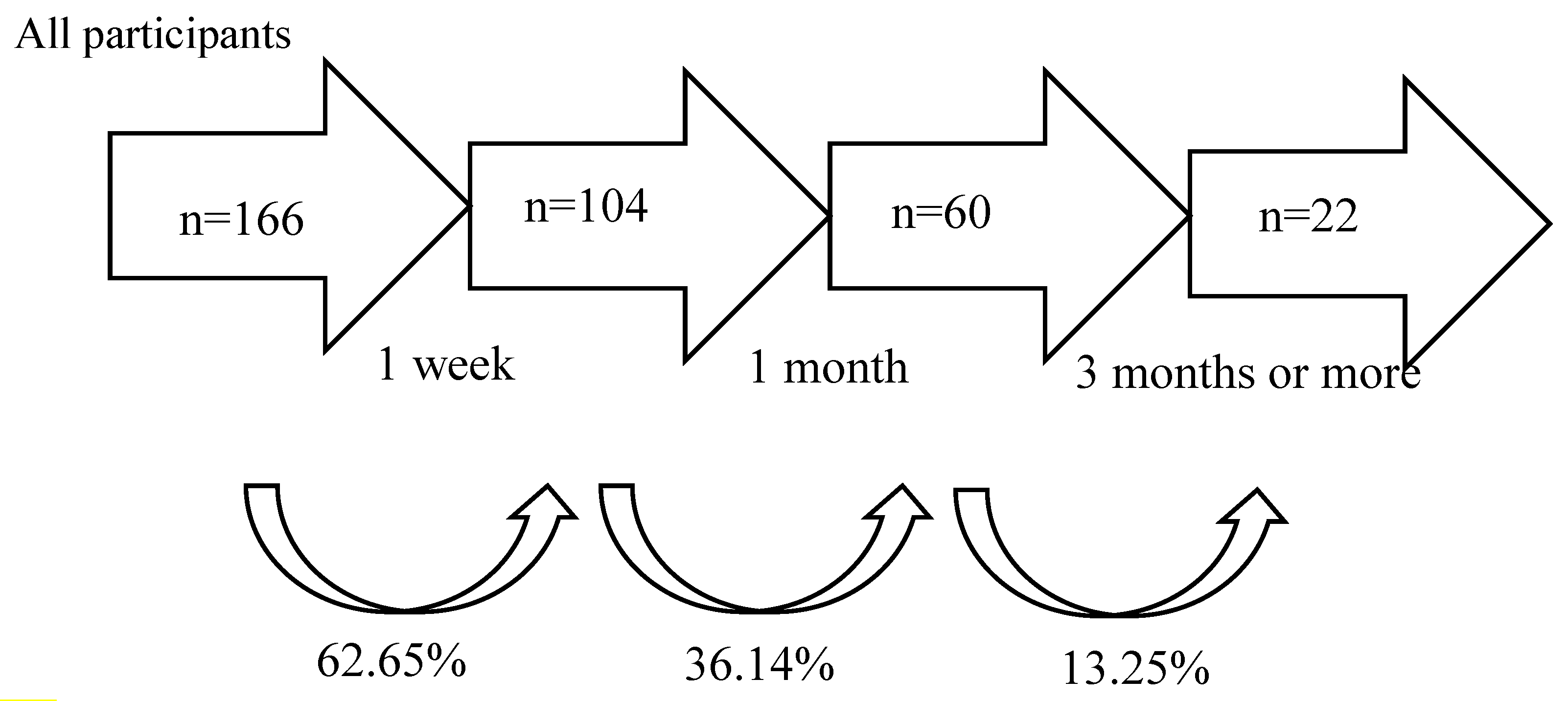
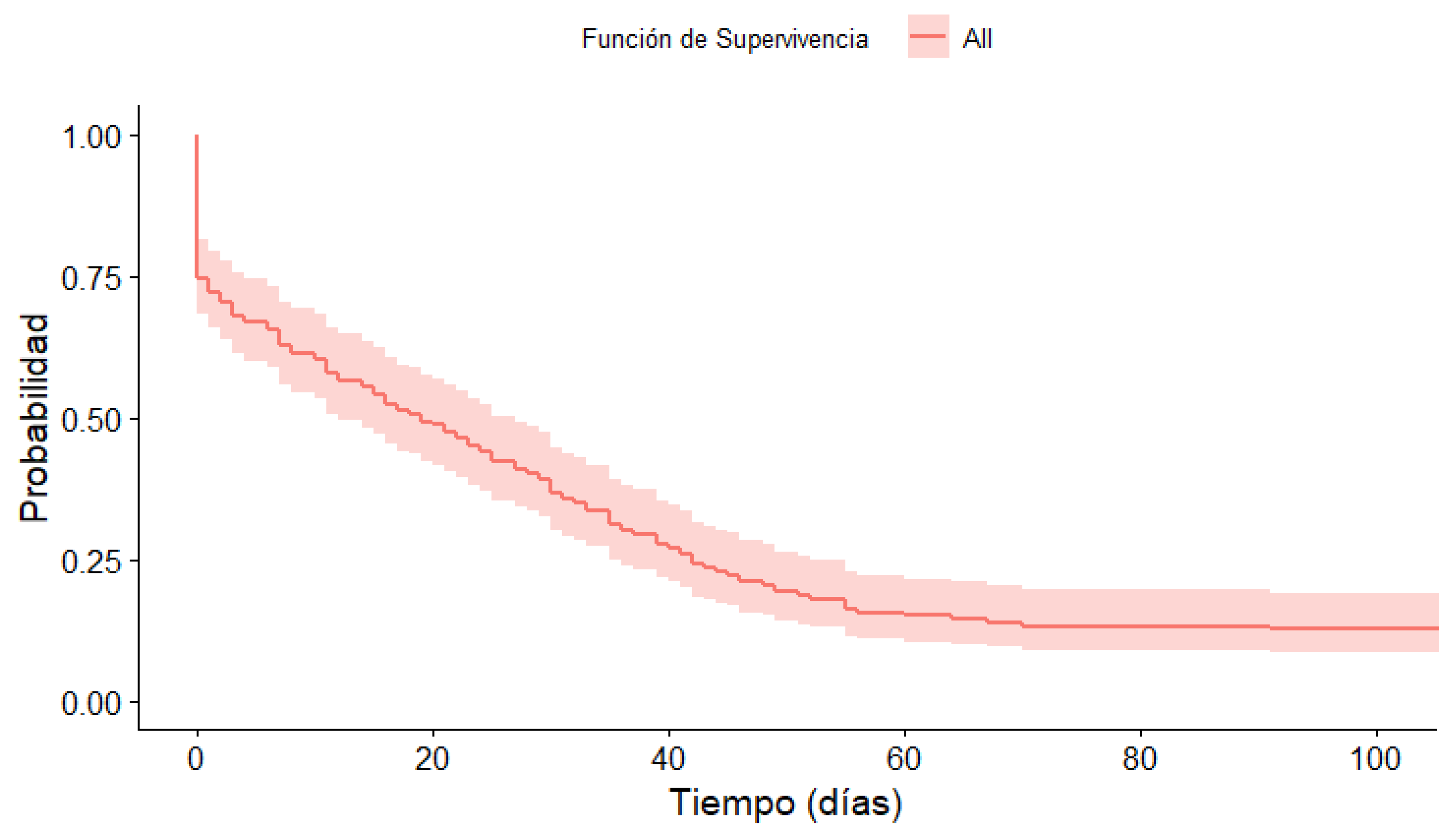
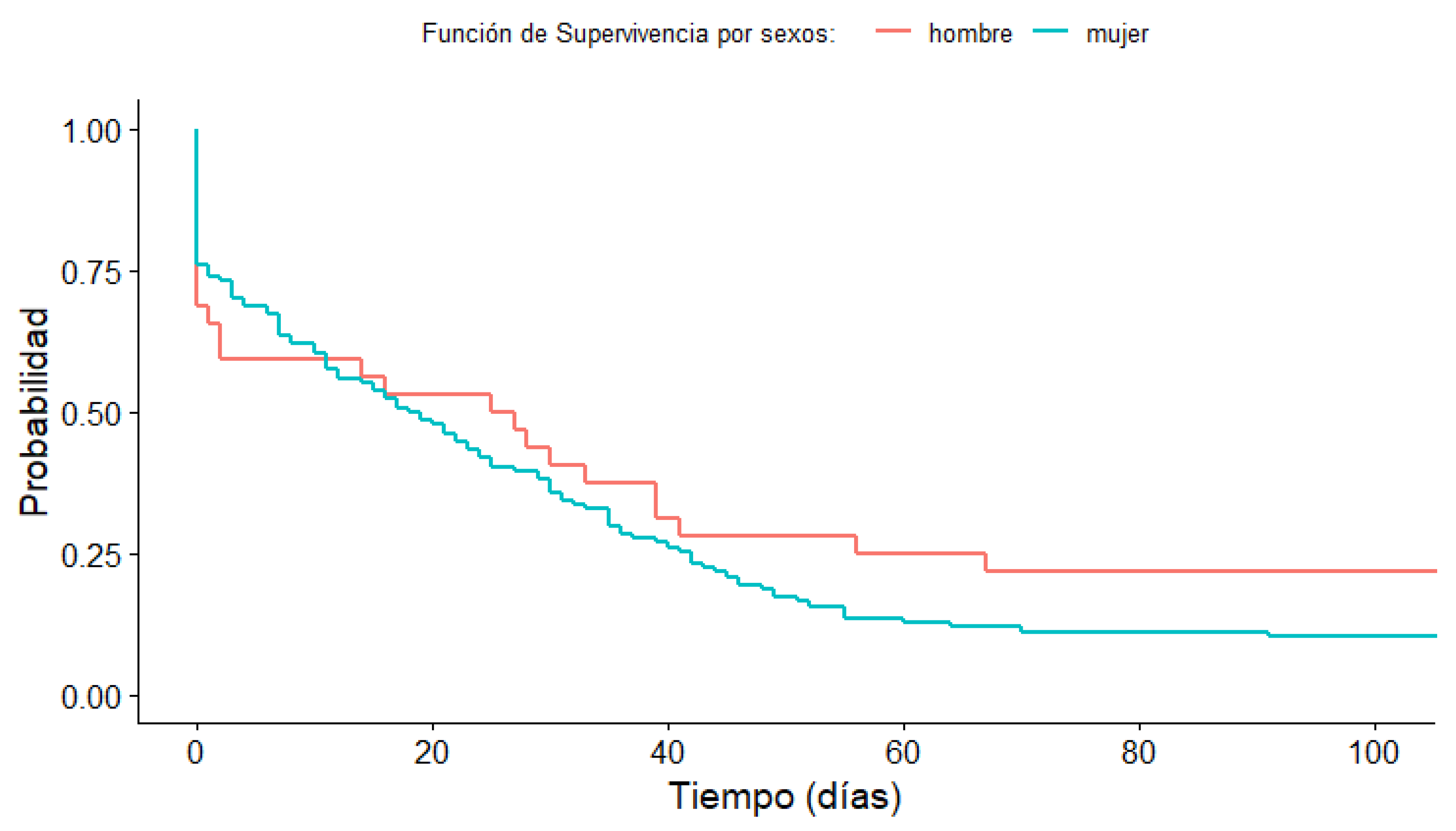
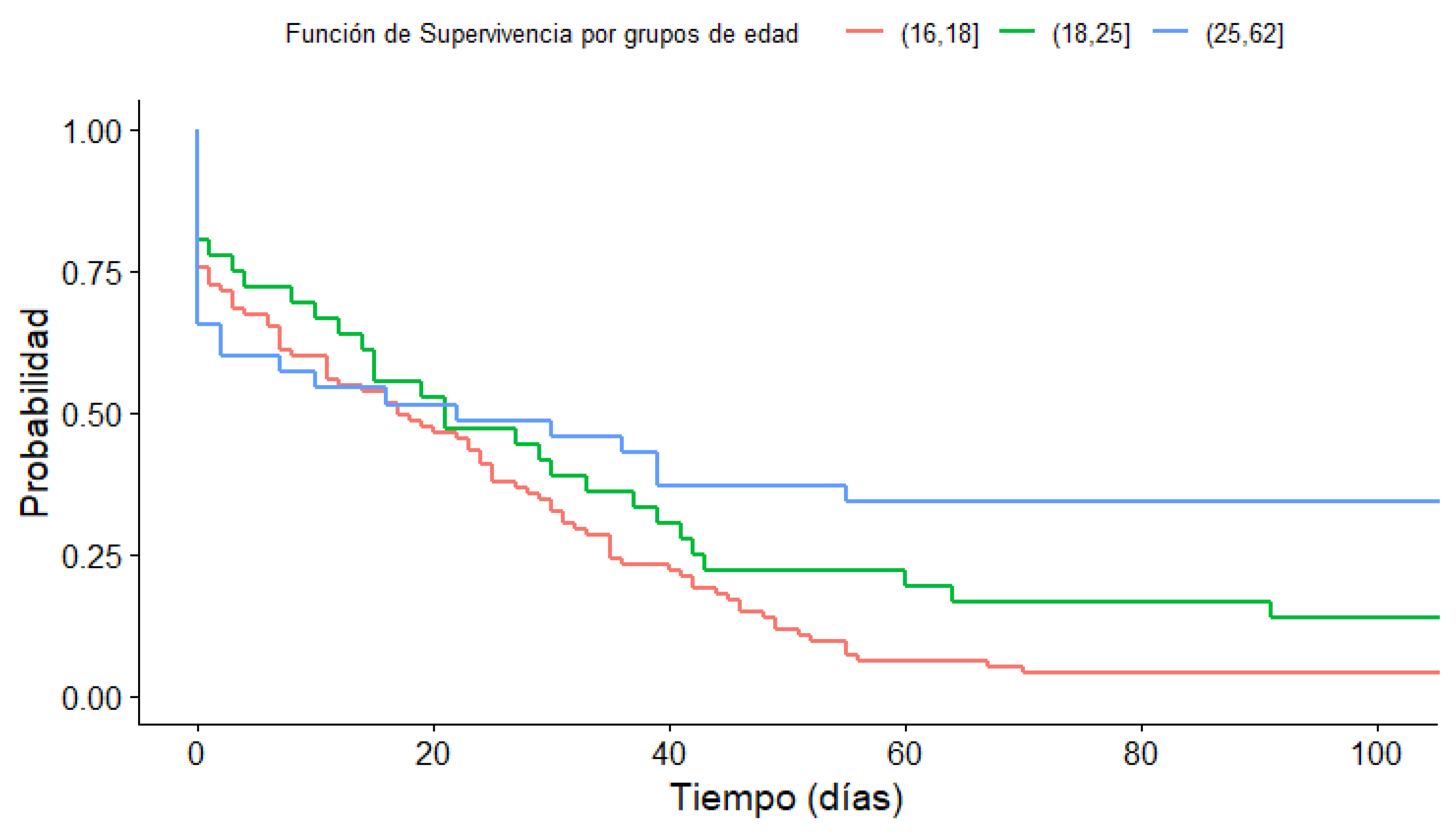
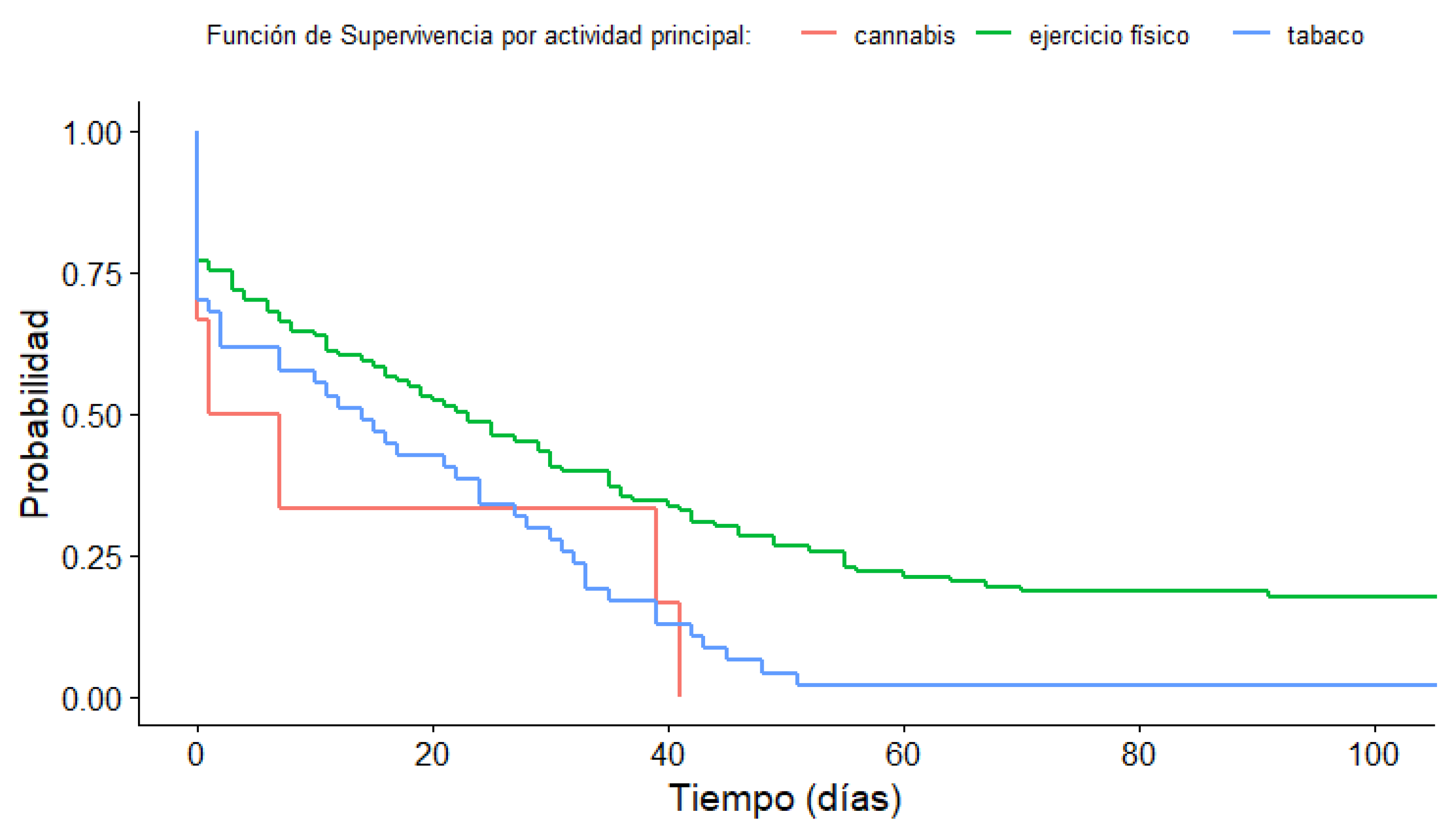
| Gender | Age | Main activity | ||||||
|---|---|---|---|---|---|---|---|---|
| Male | Female | [17-18] | [19-25] | [26-62] | Physical exercise | Cannabis | Tobacco | |
| Education level | ||||||||
| High School | 12 | 70 | 58 | 16 | 8 | 62 | 4 | 16 |
| Bachelor's degree | 13 | 49 | 37 | 10 | 15 | 38 | 1 | 23 |
| Master's/Doctorate | 7 | 15 | 10 | 12 | 13 | 1 | 8 | |
| Currently studying | ||||||||
| No | 9 | 13 | 4 | 18 | 11 | 3 | 8 | |
| Yes | 23 | 121 | 95 | 32 | 17 | 102 | 3 | 39 |
| Profession | ||||||||
| Public Administration | 7 | 8 | 2 | 13 | 7 | 8 | ||
| Agriculture/Fishing | 1 | 1 | 1 | |||||
| Trade | 2 | 1 | 1 | 1 | 1 | |||
| Executive of a private company | 2 | 1 | 1 | 1 | 1 | |||
| Hospitality/tourism | 1 | 4 | 3 | 2 | 2 | 1 | 2 | |
| Technical professional | 5 | 12 | 2 | 7 | 8 | 10 | 1 | 6 |
| Transportation | 1 | 1 | 2 | 2 | ||||
| Unemployed | 16 | 106 | 90 | 25 | 7 | 92 | 3 | 27 |
| Time | ||||||||
| 1 week | 13 | 49 | 37 | 10 | 15 | 38 | 4 | 20 |
| 1 month | 6 | 37 | 27 | 12 | 4 | 29 | 14 | |
| 3 months | 6 | 33 | 27 | 8 | 4 | 25 | 2 | 12 |
| More than 3 months | 7 | 15 | 4 | 6 | 12 | 21 | 1 | |
| Adherence1 (1 month) | ||||||||
| Yes | 13 | 48 | 31 | 14 | 16 | 46 | 2 | 13 |
| No | 19 | 86 | 64 | 22 | 19 | 67 | 4 | 34 |
| Adherence3 (more than 3 months) | ||||||||
| Yes | 7 | 15 | 4 | 6 | 12 | 21 | 0 | 1 |
| No | 25 | 119 | 91 | 30 | 23 | 92 | 6 | 46 |
| Gender | Age | Main activity | ||||||
|---|---|---|---|---|---|---|---|---|
| Time | Male | Female | [17-18] | [19-25] | [26-62] | Physical exercise | Cannabis | Tobacco |
| 1 week | 4.385 | 2.612 | 2.405 | 1.600 | 5.333 | 2.263 | 5.500 | 3.850 |
| 1 month | 14.333 | 9.621 | 9.519 | 10.833 | 13.750 | 8.897 | 13.143 | |
| 3 months | 96.333 | 22.091 | 20.889 | 44.375 | 97.000 | 15.640 | 25.000 | 72.166 |
| More than 3 months | 153.000 | 118.067 | 118.750 | 132.167 | 131.167 | 134.476 | 18.000 | |
| Variables | Comparative groups | p-value | |
|---|---|---|---|
| Age | Adherence3 | [17-18]-[19-25] | .043* |
| [17-18]-[26-62] | .010** | ||
| [19-25]-[26-62] | .152 | ||
| Main activity | Adherence3 | Cannabis-Physical exercise | .539 |
| Cannabis-Tobacco | .010** | ||
| Physical exercise-Tobacco | .012* | ||
| Education level | Frequency of use | High School/Baccalaureate-Degree/bachelor’s degree | .112 |
| High School/Baccalaureate-master’s degree/Doctorate | .466 | ||
| Bachelor's/Master's/Doctorate Degree | .039* | ||
| Education level | Adherence3 | High School/Baccalaureate-Degree/bachelor’s degree | .045* |
| High School/Baccalaureate-master’s degree/Doctorate | .046* | ||
| Bachelor's/Master's/Doctorate Degree | .010** | ||
| Profession | Adherence3 | Public administration-Stop | .012 |
| Technical Professional-Stop | .026* |
Disclaimer/Publisher’s Note: The statements, opinions and data contained in all publications are solely those of the individual author(s) and contributor(s) and not of MDPI and/or the editor(s). MDPI and/or the editor(s) disclaim responsibility for any injury to people or property resulting from any ideas, methods, instructions or products referred to in the content. |
© 2023 by the authors. Licensee MDPI, Basel, Switzerland. This article is an open access article distributed under the terms and conditions of the Creative Commons Attribution (CC BY) license (http://creativecommons.org/licenses/by/4.0/).





